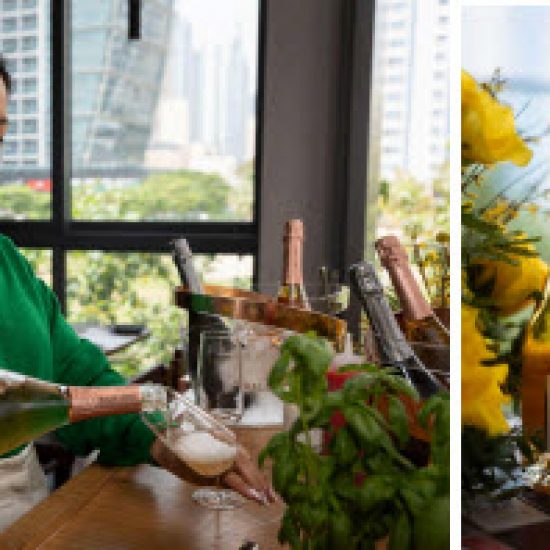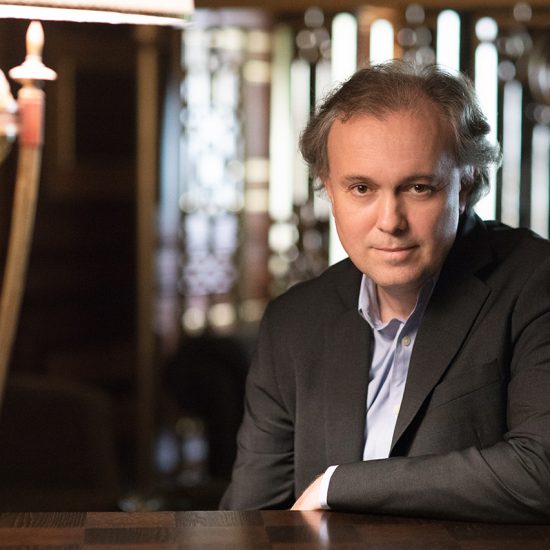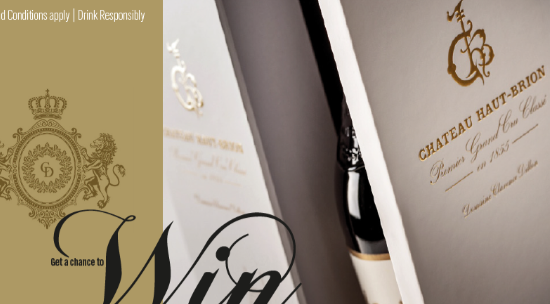
Honey, in all its variety, has long been hailed by healers throughout the ages as nature’s gift to humanity.
From its good taste to medicinal applications and anti-aging benefits, certain types of honey rule the cupboards of people’s homes. Some of the most popular are honey from Al Sidr tree, which was mentioned in the Quran as one of the plants of Paradise, and Al Samr honey, from Al Samr tree.
While honey is also grown locally in the UAE, the most famous varieties come from Yemen.
“Raw Yemeni honey was a big part of my childhood,” says Riath Hamed, the owner and founder of Balqees Honey.
After opening in 2011 in Dubai Mall, the brand now has 20 branches across the UAE.
The 47-year-old Brit of Yemeni origin (his parents moved to Britain in the 1950s) has made it his life’s mission to bring the “rawest” and the best of Yemeni honey to the UAE.
“I remember waiting for my mother to bring out the freshly baked traditional pastry known as bint Al Sahn, and then she would generously drown it in Yemeni honey,” says the father of five who lives in Dubai with his family.
__________________________________
■ Honey in the UAE: where it comes from, how to use it, and the benefits
__________________________________
The former boxing promoter – who helped his brother Naseem (also known as Prince Naseem) become a professional featherweight champion – named the honey venture it after the famous Yemeni Queen of Sheba.
The Queen, mentioned in the Bible and the Quran, is said to have ruled the kingdom of Marib in Yemen around 1000BC, though her legend is also told in Ethiopia, across the Red Sea.
Balqees has more than 20 varieties of honey, mostly from South of Yemen, from Hadramout, from Wadi Doani, a valley famous for its honey.
“We work with a cooperative of beekeepers in the valley, about 1,500 beekeepers, and we sell more than three tons [about 3,000 kilos] of honey each month,” he says.
The different varieties include the traditionally famous Al Samar, Al Sidr and Al Zohourat and Balqees also sells fusions by mixing the honey with saffron, Habat al Baraka (the black seed), cinnamon and sesame seeds.
“We also sell special honey from Socotra Island, where the honey is very distinct as there are special plants there,” he says.
Al Sidr costs about Dh580 per kilo, and is traditionally the most sought after, as it is has an element of “divinity” says Mr Hamed, for being signaled out by the holy book.
But the most expensive is Kohouf (cave) honey, from Wadi Amd. There, inside a cave on top of a mountain, the bees make wild hives.
“The honey never sees the sun. So when it is collected, it is like a thick liquid of gold. We can get only 300 to 400 kilos every two years, it is so rare and so raw and so good, that is costs Dg5,500 a kilo,” he says.








